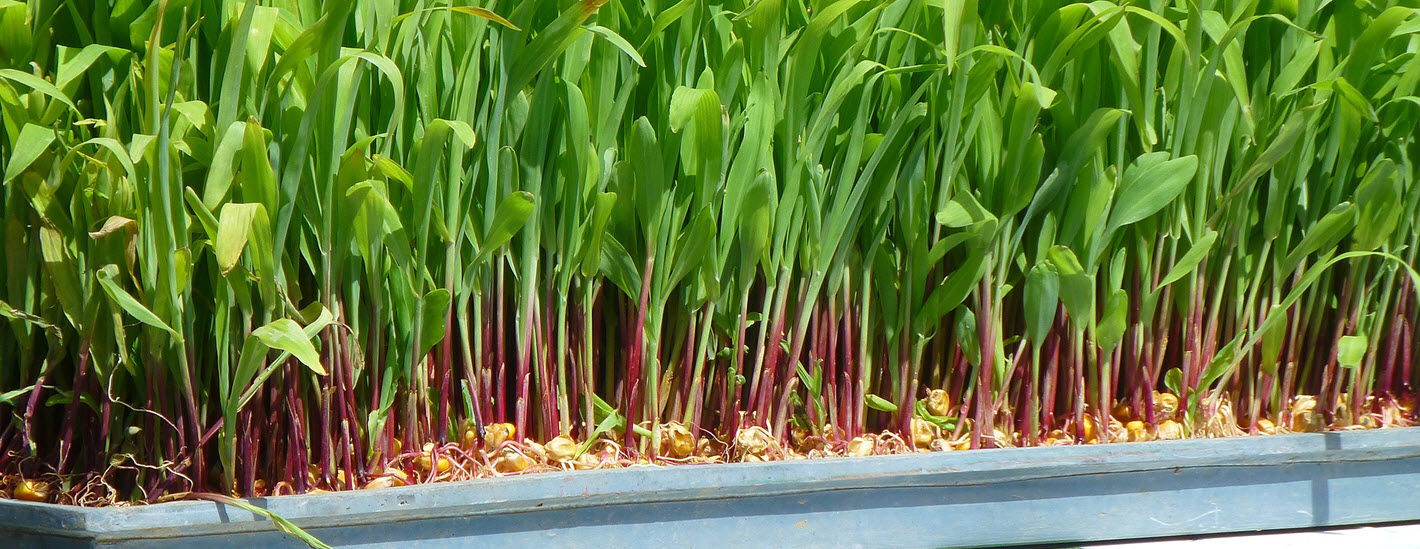Passive hydroponics is a method where plants are grown in a very porous medium instead of traditional media such as soil, bark or peat moss. Water and nurients are transported from a separate nutrient solution chamber below to the roots through capillary action.

This system is also known as passive sub-irrigation, semi-hydroponics or simply hydroculture.
Compared to many other hydropnics systems, the passive system is not labour intensive and is resilient to power outages and similar. It doesn’t need to be watered as often as conventional plant set ups, since the revervour can be designed to hold plenty of water and give the roots a constant supply of both water and nutrients.
One example of a basic passive hydroponics system is the one where pots with plants in them sit in a shallow nutrient solution. Alternatively, a capillary mat saturated with nutrient solution can be used.
Media
There are several types of porous media that will work in a passive hydroponics set up. It is important to chose something that contains more air space than traditional potting soil. Without the air space, it will be difficult for the roots to absorb enough oxygen. In many situations, combining two or several media is better than going with just one.
Examples of commonly utilized media for passive hydroponics:
- Vermiculite
- Diatomite
- Expanded clay pellets
- Coconu husk chips
- Perline
- Rock wool